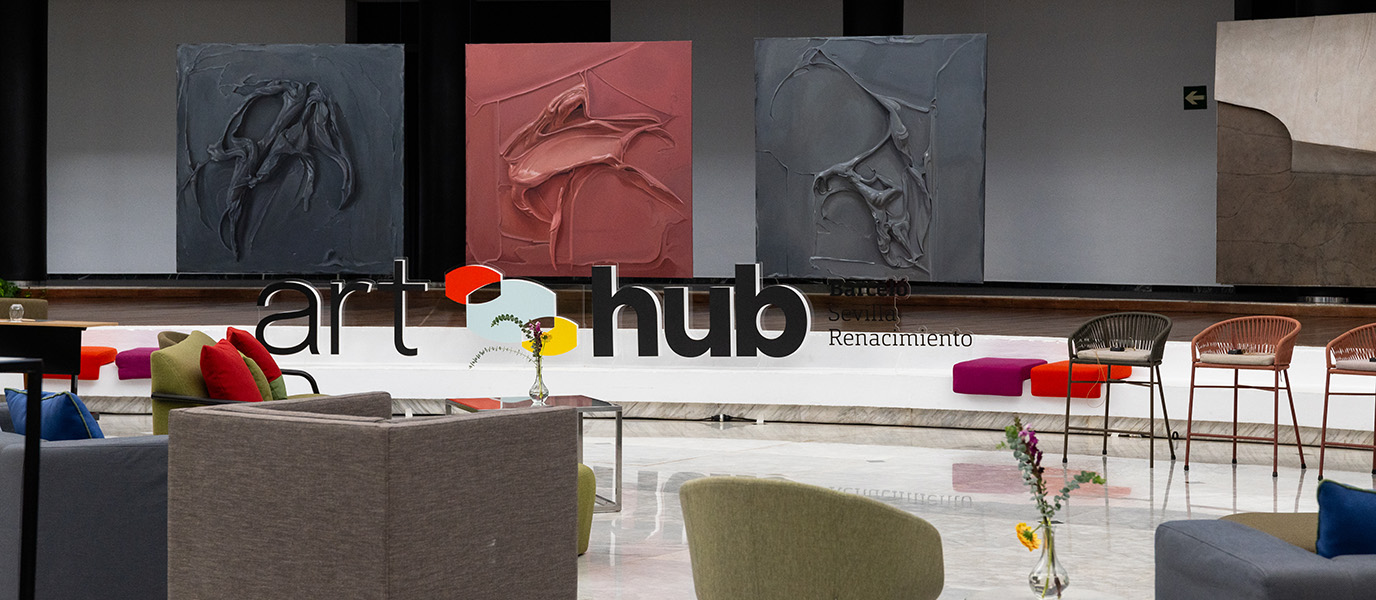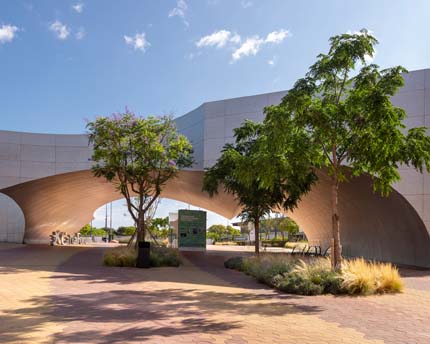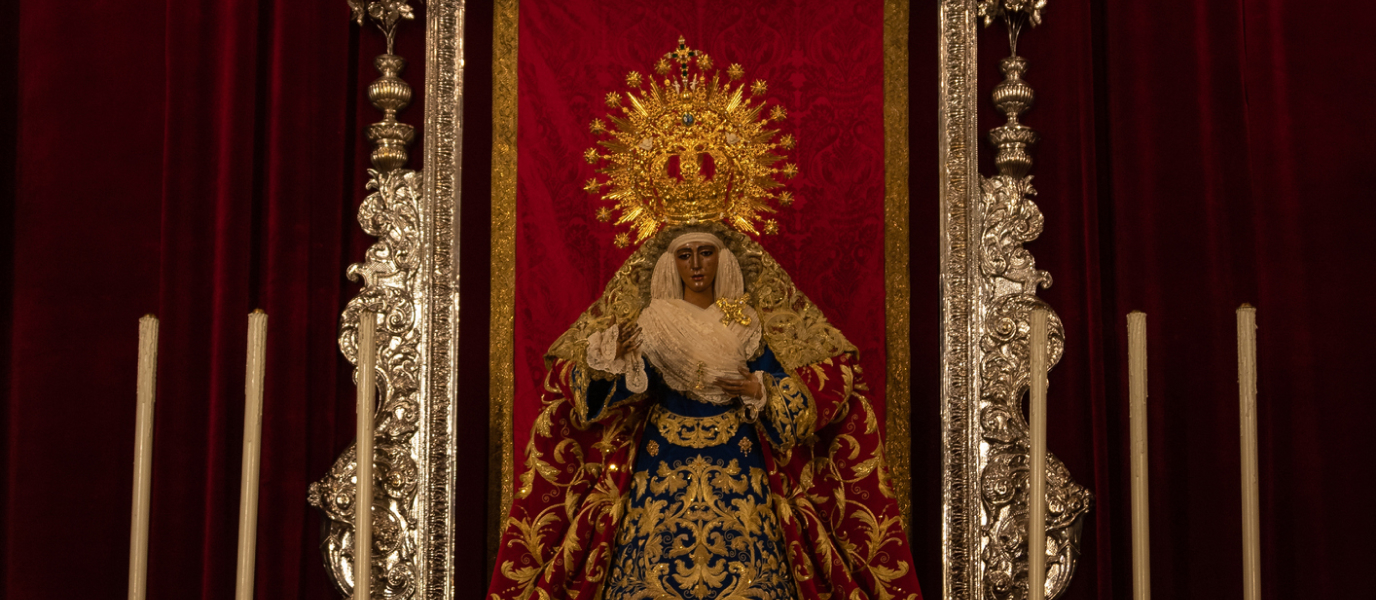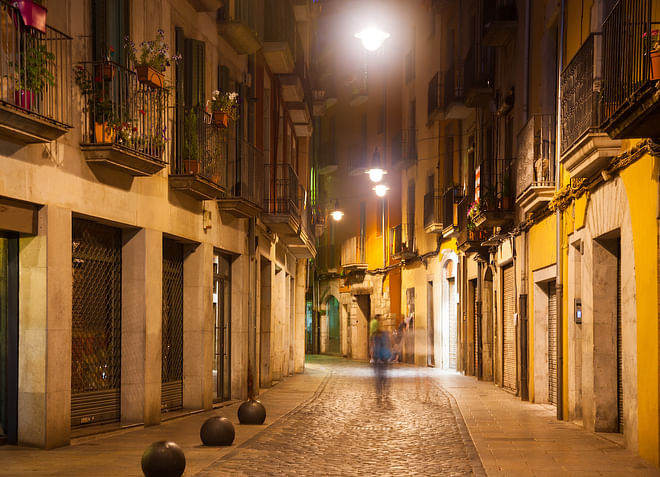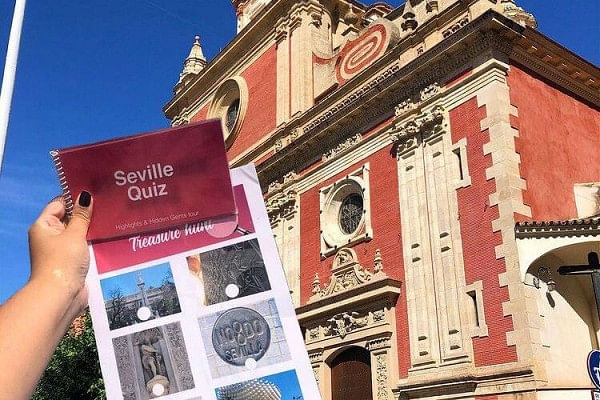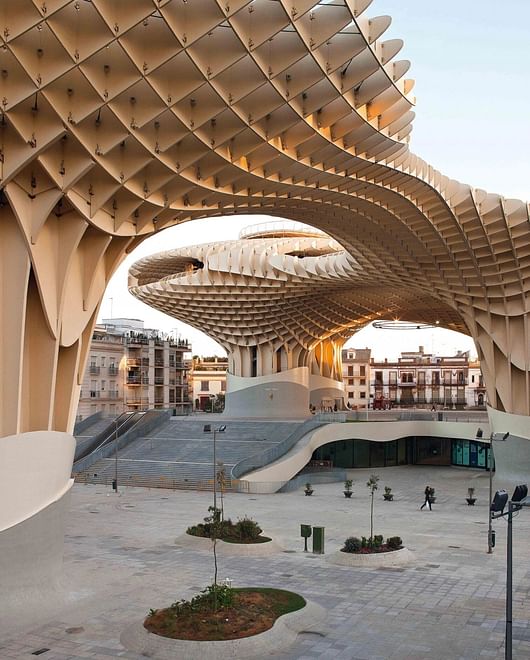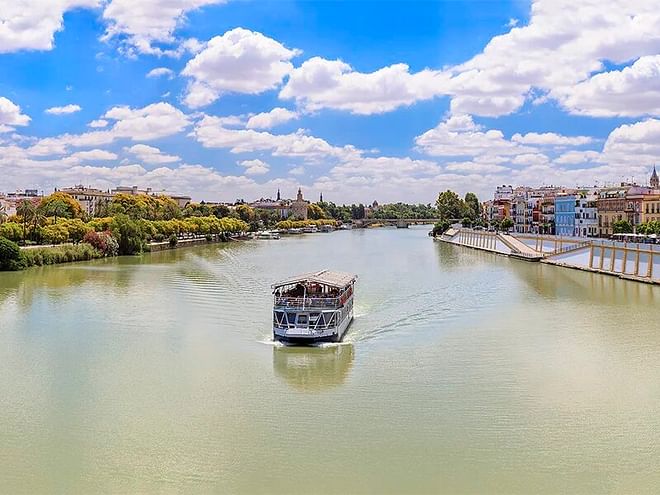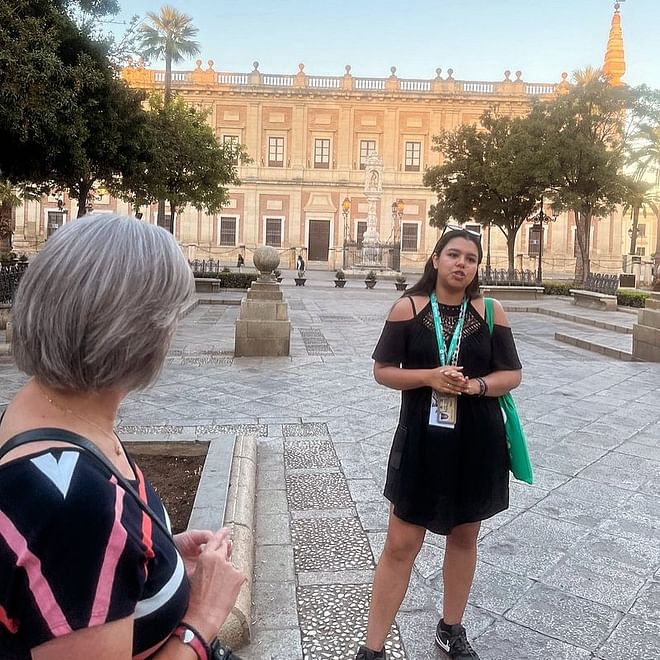Researchers from all over the world who travel to Seville to study an array of subjects, such as the discovery of the New World, the evangelisation of indigenous people and the independence processes of American nations, are able to do so in a unique setting. The General Archive of the Indies is located right on Avenida de la Constitución, adjacent to the Gothic cathedral on one side and the Royal Alcázar of Seville on the other.
The origin of the Archive of the Indies
This great document repository was created in 1785, by decree of Charles III. The monarch considered it advisable to bring together under a single roof all of the Spanish government’s documents regarding its overseas empire, which included colonies in the Americas as well as in Asia. Up until then, the documents redacted by the institutions that governed the colonies and their trade (such as the Council of the Indies and the House of Trade) were dispersed among Seville, Cádiz and Simancas (Valladolid).
In the late eighteenth century, the first documents that are now so valuable in reconstructing the history of Spanish America started to arrive in Seville. New batches were also sent to the archive and the institution’s collection continued to grow over time. The collection is divided into 16 sections and includes documents from the Spanish crown’s key institutions, writings from smaller entities and manuscripts by individuals such as the Duke of Veragua, Viceroy Abascal and General Polavieja.
According to data provided by the General Archive of the Indies, the institution has 43,000 volumes, filling approximately eight kilometres of shelving. However, quality is more important than quantity, and in this sense, the Archive of the Indies safeguards priceless jewels, such as the Capitulations of Santa Fe—the agreement between Christopher Columbus and the Catholic Monarchs to explore a new route towards the East Indies—and a series of documents signed by Hernán Cortés, Pizarro and Magallanes.
The archive’s collection of graphic documents is also incredibly interesting, with approximately 8,000 maps and drawings that are particularly useful for cartography and art history experts.
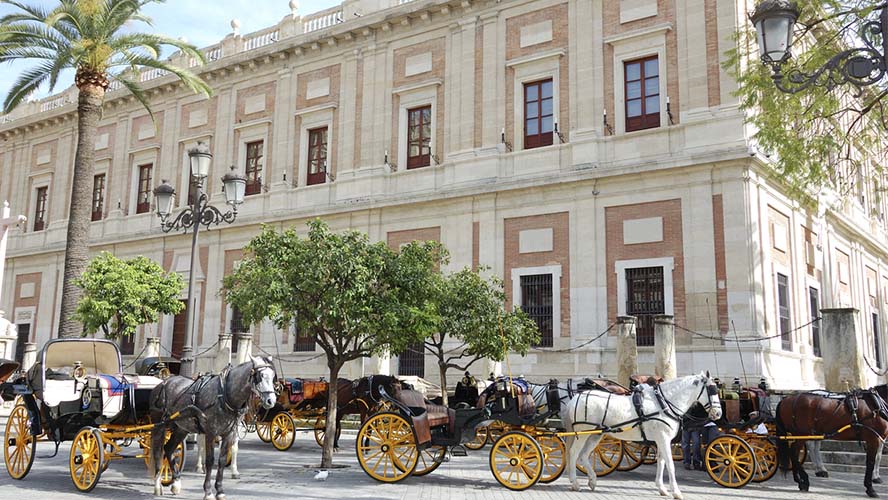
The former Lonja de Mercaderes becomes the General Archive of the Indies
So far we have discussed the value of the documents stored at the Archive of the Indies, but also worth noting are some of the facts behind the building itself, the Lonja de Mercaderes, along with why Philip II had it built.
The market was erected in response to protests from the cathedral council. Due to the lack of a formal space, it had become customary for the city’s merchants to sell their goods on the steps of the Gothic temple, or even inside the building in the event of inclement weather. In light of this unusual situation, Philip II entrusted the royal architect Juan de Herrera with designing a building in which to house all the merchants, particularly since Seville at the time was the economic epicentre of the Spanish empire.
Inside and out, the building follows the typical Classicism of Herrerian architecture, a style defined by its simple elegance, as can best be seen in the monastery of San Lorenzo del Escorial. However, work was subsequently directed by the architects Juan de Minjares, Alonso de Vandelvira and Miguel de Zumárraga, who modified some of Herrera’s original lines.
When trade controls with America were relocated from Seville to Cádiz in 1717 for improved communication across the Atlantic Ocean, the Lonja de Mercaderes no longer had its original purpose and at one point was reconverted into housing. In 1781, the decision was made to renovate the building and transform it into the Archive of the Indies, a task appointed to Luca Cintora, who at the time was the master builder of the Royal Alcázares.
When visiting the General Archive of the Indies, be sure to take note of the classic essence defined by sunken panels between flat pilasters along the façades, whose only decorative elements are the spheres and pyramids on the upper balustrade. Horse-drawn carriages are regularly parked by the chains that surround the building, waiting to give passengers a tour of the city.
Classicism is also present in the building’s interior, which faces a main courtyard with a chequered floor. The courtyard is lined with semi-circular arches flanked by Doric columns on the first floor and Ionic columns on the second floor. The transition between the two sections shows how Renaissance dutifully brought back the architectural style of Greece and Rome through the use of a frieze with triglyphs, transporting us to ancient temples.
Considering the building’s beauty and the value of the documents stored inside, be sure to visit the General Archive of the Indies on your trip to Seville. It is located in the heart of the city and admission is free.






































































